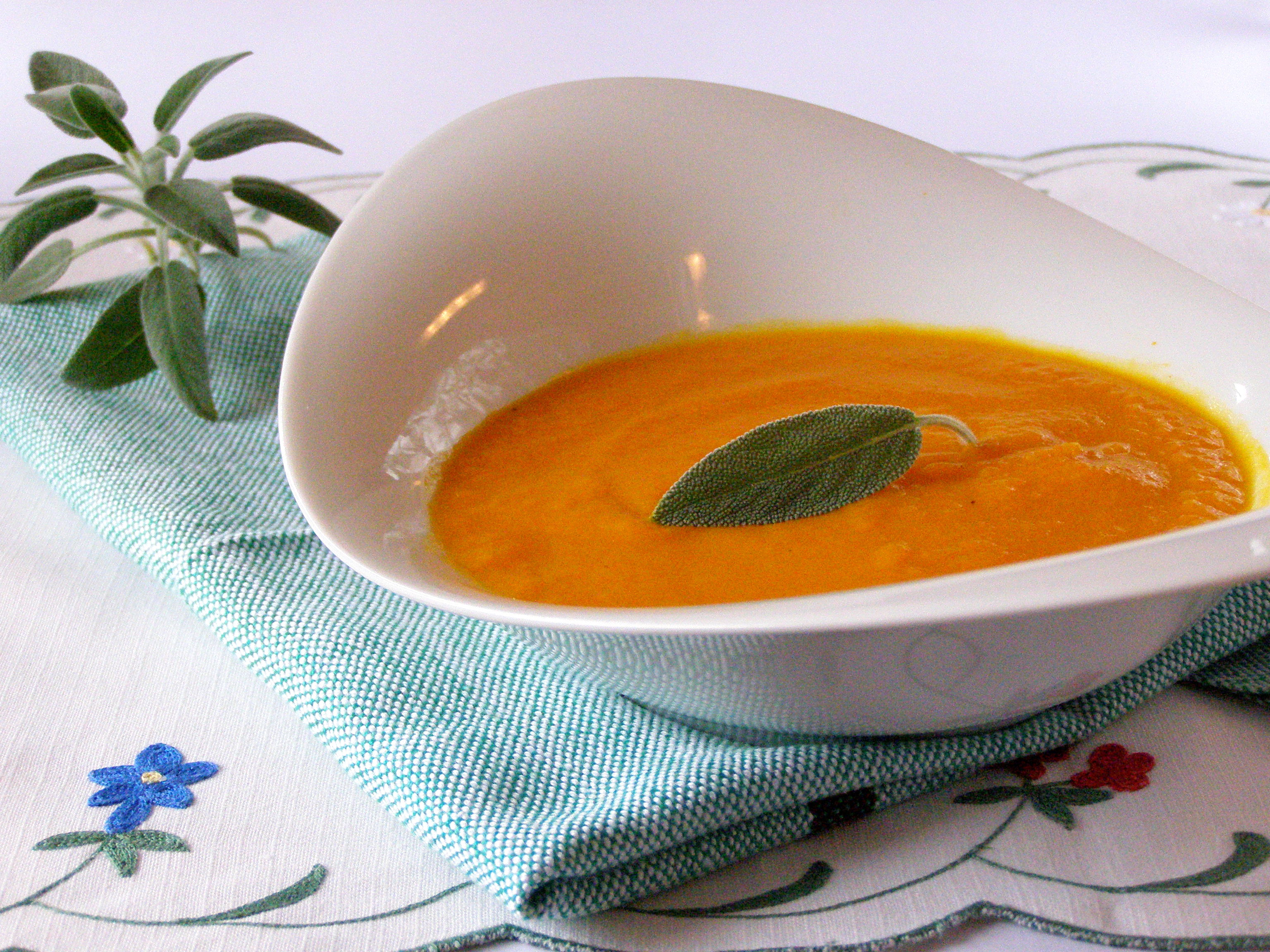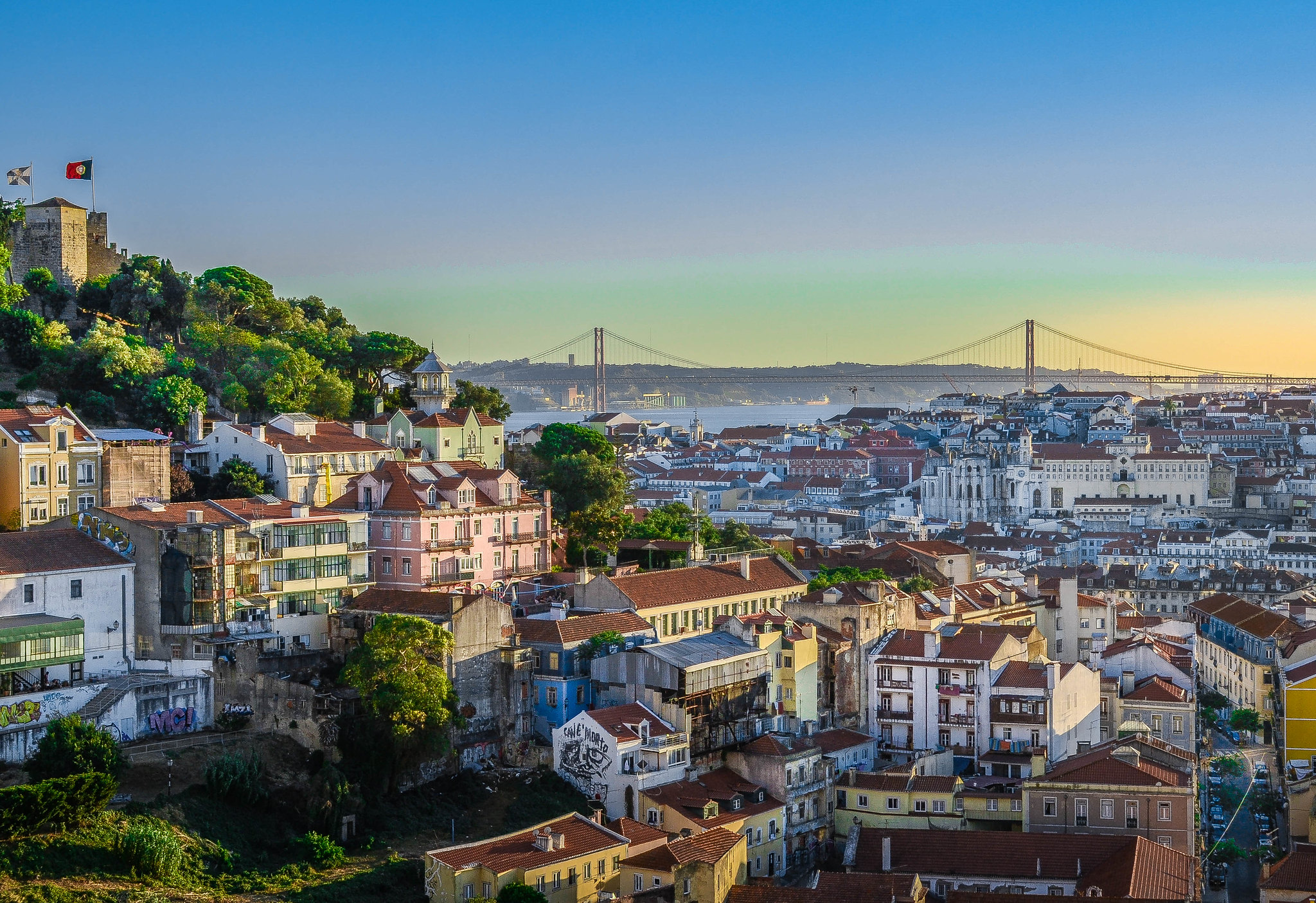What is the flavor of Rioja?

When we first decided to commit two months to La Rioja wine, I had a lot of concerns. First, I didn’t know how we were going to cover the subject in such a short amount of time with important events, not La Rioja related thrown into the mix. The answer was simple, it’s impossible. The second and more difficult concern was how to define La Rioja wine, not by geography, climate, or style, but as a general concept. Imagine this question, which I’m sure more than one of you retailers have had asked of them, “What does it taste like? What is the flavor of La Rioja?” Initially, my answer would have been something like this: Rioja reds tend to have oxidized notes from prolonged aging with some exceptions for wines made in a more modern style where big fruit plays the primary role. Would I have been wrong? No. But would I have done this historic and culturally rich region a disservice? Definitely!
After a full week of tasting, talking and sightseeing, my attitudes have changed. I have now adopted a new outlook on La Rioja. In typical high school essay fashion, I have three points I want to make clear about “the taste of La Rioja” as I see it now. But first, I want to preface my thoughts by sharing with you how much I’ve learned as a result of this trip, and how I have acquired a new appreciation for the region. La Rioja wines, both in their past and future styles, are wines that deserve praise (not that they needed telling). And without a doubt, these wines are some of the best in the world; however, La Rioja wines need to be broken down into categories to help us to better explain their style. My suggestions are as such: modern, traditional, and spontaneous. The first two styles are commonly referred to, while the last is something that I needed to add to the mix so that I could better explain my personal experience.
Traditional La Rioja is just what it sounds to be, traditional. Historically, these wines needed long periods of aging in barrel before they were reposed in their dust-covered bottles, hidden away in darkened cellars waiting to be released to the consumer. Today, these wines would be associated with an aged Bordeaux, where the winery cellared the wine, rather than the consumer. A comment shared by a Rioja winemaker summed it up best when it was suggested that it was best to keep the “children” at home until they were ready to present themselves to the world. In this way, they would shape and age under the careful guidance of the watchful parent, rather than be released too young, where outside influences could impact them unfavorably. The wines in this category are mature and meant to be consumed at the time of release. For those who do purchase a traditional Rioja wine, at their best, you will be rewarded with a wine with subtle and ethereal notes of bottled history. Where fruit is no longer a musician, but rather the stage on which the orchestra performs the secondary and tertiary notes. You experience wisps of coffee, spice, and everything nice, while a bright acidity fuses the cacophony of flavors and aromas together like a conductor guiding the score. This is traditional Rioja at its best, while at its worse, it can be full of dried out and lifeless flavors, without body or fruit. Pale shadows of their former selves.
During this trip, I tasted Muga‘s Prado Enea, a wine I fell in love with for its subtleties and references to times long past. Lopez de Heredia‘s wines – white, rose and red – left me in awe at how a wine this old can still dance across my palate. The oldest of which contained fruit first harvested before I entered high school. I was shocked to see a wine whose sparkle and life made my mind race with envy. If only I could age as well!
Modern La Rioja, on the other hand, is a wine with a rebellious nature that drives man to improve, which is then bottled up and offered to Bacchus. Often mocked and ostracized for being too modern, even I found myself occasionally craving a more traditional style when tasting these wines. This style is meant for you to age in your own cellar or to enjoy with a day or two of decanting. Big and brooding at their best, they show the purest of fruits with a hardy underbelly of spice, like a rock band that slowly turns up the bass until they have your attention. In truth, these are not always my favorite wines, but I will admit that I did find myself both surprised and shocked by winemaker’s adeptness at turning rough and tough tannins into something more elusive and profound. Roda’s wines gave me a glimpse of what I found to be great modernity. Roda I 2004, a wine made from 100% Tempranillo was modern Rioja wine that showed rich fruit and beautiful floral spice, a wine that while big and bold remained balanced and elegant.
These wines show pure rich cherries, blackberries, and rich spice-box flavors that mix and mingle like a mosh pit on your tongue. Having both sold wines that should be laid down and tasted wines both young and well-aged, I will say that some of these new wines will benefit from some cellar rest. The Torre Muga was initially thicker and tighter than an elephant’s hide, but when allowed to rest over the course of two days in a partially full bottle, it began to reveal notes of tobacco, cinnamon, and pure rich fruit. This small experience showed me that these new modern wines might indeed have a life that is worthy of living and should not be scoffed at. On the other hand, there is also a move towards combining the two styles. We experienced many wines that at first came off as modern or traditional, but eventually showed more balance between the two: a place where I think the future lies for the majority of Rioja wines. The reality is that these wines are here to stay. Modern in taste and flavors, they appeal to the new palate. The only thing that bothers me is their ridiculous use of new oak! More than once did I wonder if the bottle itself was made of oak. Although I do appreciate the modern style, why not limit the oak and let us taste more of the fruit? The final style I wish to mention might be a possible solution to the problem.
Spontaneous La Rioja wines are like a group of artists going wild in a room full of the finest paints. In this case, the fruit of Rioja is the paint and the artists are the winemakers. Almost every winemaker seemed to have the “special vat” set aside for experimentation. Often these trials consisted of a wine made from traditional grapes, but blended or processed in a new, innovative way. We also found a few traditional wines that were given a twist by adding a little of this or that. These wines made your eyebrows rise in feigned disgust, while your nose returned to the glass for another smell. Tobia’s oak fermented rose is a great example. To a Rioja purist, this wine may be scoffed at, but they would be forgetting the traditional roses of Tondonia, aged in oak for decades. Tobia’s rose is a wine full of life and vigor, a wine that is both complex and singular. It says to me, let’s have fun, while still minding my parent’s traditions. Other spontaneous styles include a single varietal Mazuelo from Miguel Marino. Although this wine was not my favorite, I loved it for its cajones! Not afraid to stride out on its own, this is a wine that when put on the market will be both ridiculed and praised, as it is unique in such a way that people will either love it or hate it. I for one will look for a bottle or two to stash away and explore at my leisure.
Spontaneous creations that all come together to show us a glimpse of the future, while often harkening to the past. These wines are created from winemakers whose modern bodegas found the need to look back over their shoulders as they continued to strive ahead. Young winemakers seemed to be most prone to this spontaneity with wines like Arar, made from a bodega producing no more than 6000 bottles. Mind you, its entire space for production and aging is so small, it could fit into one of the mammoth fermentation tanks used by the likes of LAN or Marques de Riscal. Here was a wine that seemed to be looking to the past and the future simultaneously, trying to decide on a route that fell somewhere in between. While still too young to tell, I look forward to what the future holds for this winery. Others included Dinastia Vivanco‘s new single varietal project. Rafael Vivanco bottled high altitude Garnacha from Rioja Baja, whose varietal character and regional typicity combined to produce something unique and singular, with notes of minerals, violets, and a soft but omnipresent acidity. This is a wine for my lamb chops!
So what is the taste of La Rioja? If there are three styles, what is it that holds them together? What is the “terroir” of La Rioja? I have one answer, acidity. An acidity that is both enduring, in the case of the most ancient wines, and able to balance even the most tannic young monsters, whose long lives need a partner to support them all the way to their final pour. The acidity I tasted was beautiful, and yet powerful, always present and willing to play the role it is assigned wine by wine. Most often, acidity was the balance to the wine’s fruit and spice. Rioja is about this acidity the common thread that interweaves through the various styles, whereby making them fresh, alive, and in the end, a joy to drink. Most often the acidity was interwoven seamlessly into a wine, so as to integrate and restrain it from sticking out like a wayward elbow in a crowd. Miguel Merino‘s 2000 Reserva was one such wine that so beautifully married both the fruit and acidity together in such harmony that I wish I had a day to sit with this bottle and explore it, alongside some of Rioja’s finer culinary treats.
Rioja is a place that we’ve avoided for a long time, due to its stranglehold on the Spanish wine consumer’s market. And we still hold a bit of a grudge toward its dominance, but my stubborn nature did me wrong by forcing me to avoid it for too long. We fell in love with La Rioja and its wines over the past week, a place smaller than the Metropolitan area I grew up in as a kid, La Rioja is home to diverse foods, cultures and wines. I now have a renewed vigor to not only taste more from La Rioja, but to further attempt to understand its many wines. Please grab a bottle from La Rioja in the coming days and have a taste, enjoy it with a friend, see what category it falls in and then come back here and share your story with us. We can’t wait to hear about it. Or better yet, why not check out our Rioja Food & Wine Guide and book a tour with us!






